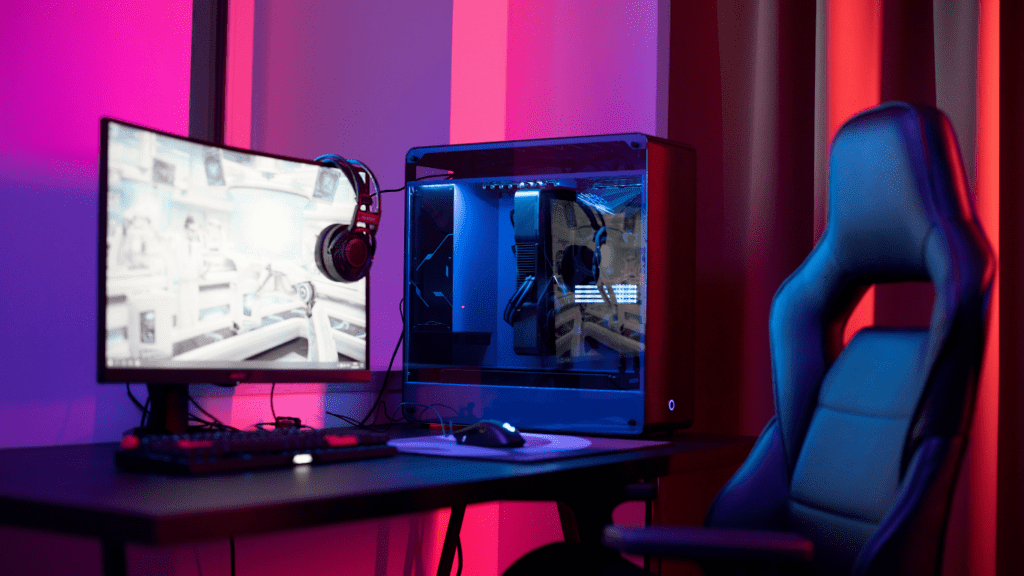What Does 41x72x43 Actually Mean?
When you see 41x72x43, those numbers refer to measurements—typically in inches. The format usually follows Width x Height x Depth (or Depth x Height x Width, if rotated). So in this case:
Width: 41 inches Height: 72 inches Depth: 43 inches
Put another way, this is a fairly tall, somewhat wide, and pretty deep object. For comparison, a standard interior doorway is about 80 inches tall and 36 inches wide. That gives you a sense of scale. An object with these dimensions isn’t massive, but it’s definitely significant.
RealWorld Applications of 41x72x43
These dimensions tend to pop up across various industries. Let’s look at a few:
1. Storage Solutions
In the world of storage—think cabinets, lockers, or modular shelving—41x72x43 would likely refer to a tall cabinet designed to store items vertically. The height allows for multiple shelves, the width gives you ample face access, and the depth ensures plenty of inner space.
If you’re outfitting a workshop or a small warehouse, this size makes sense for keeping tools or spare parts organized. It’s big enough to store bulk items while still fitting against most walls without sticking out into walkways.
2. Appliances and Equipment
Some commercial refrigerators or large tool chests come with similar dimensions. If you’ve ever handled one of those, you know you’ll probably need a hand truck or dolly, plus maybe a good strategy for navigating corners.
It’s critical to measure and doublecheck your doorways and access paths before attempting to move anything with a 41x72x43 profile. A lot of failed deliveries come down to poor size planning.
3. Furniture Design
Imagine a wardrobe or freelance office storage unit with this build. Tall enough to hang jackets or store files, wide enough to avoid looking odd against a wall, and deep enough to stow substantial materials.
It’s also a common size for large hobbyist setups—think aquariums or terrariums—where vertical space is used for layered elements like filters, lighting systems, or stacked habitats.
Will It Fit? Measure Twice.
Size matters, but so does context.
Before you commit to purchasing something listed as 41x72x43, you need to consider:
Doorway dimensions Elevator clearances (if you’re in a highrise) Intended room space Floor weight limits (for heavier equipment)
A unit that measures this large can look reasonable on paper but quickly become unmanageable when you’re dealing with tight corners, stairwells, or small living areas.
Use masking tape to map out the footprint on your floor. Stack cardboard boxes to mock up the height. These are simple tricks that can save time and money in the long run.
Transporting 41x72x43: What You Need to Know
Hauling an item of this size? Here are the basics:
Vehicle Size: A SUV, moving van, or pickup truck with an open flatbed will be required. Forget about compact cars unless you’re fine with serious disassembly.
Moving Crew: Ideally, two people, especially if it’s heavy or if you want to avoid smashing your way down a hallway.
Protective Material: You’ll want moving blankets and ratchet straps to avoid damage during transit.
This isn’t tossitinthetrunk gear. Plan accordingly to keep it smooth and safe.
Repurposing and Custom Use
Sometimes the use case isn’t in the original intention. People are creative. Here are a few DIY or custom ideas for units with 41x72x43 specs:
- StandUp Workstation: With a few tweaks, you’ve got a tall workstation with internal shelving for tools or electronics.
- Organized Mudroom Piece: Hook it up with baskets and hangers—it becomes a killer drop zone for shoes, coats, and backpacks.
- Vertical Garden Cabinet: Mount LED grow lights inside and stack tiers of gardening trays. Now it grows cucumbers indoors.
With the right adjustments, this isn’t just some oversized thing taking up space. It can be functional, flexible, and even a core piece in your layout.
Assembly Tips (If Applicable)
If your 41x72x43 item ships flatpacked—like most modern furniture—you’ll want to:
Unbox all components and check inventory Work on a soft surface or cloth (avoids floor scrapes) Use power tools where possible, but don’t overtighten
Assembly usually takes 60–90 minutes depending on build complexity and how many steps are involved. And yes, having a second person helps more than you’d think.
Final Takeaways
41x72x43 isn’t a mystery code—it’s your size blueprint. Whether you’re organizing workspace, buying storage, or reconfiguring your living area, knowing how to interpret and use these dimensions is just smart.
Measure your space. Think ahead. And when faced with that number combo again, you’ll know exactly what to do with it.
Now, move like you mean it.



